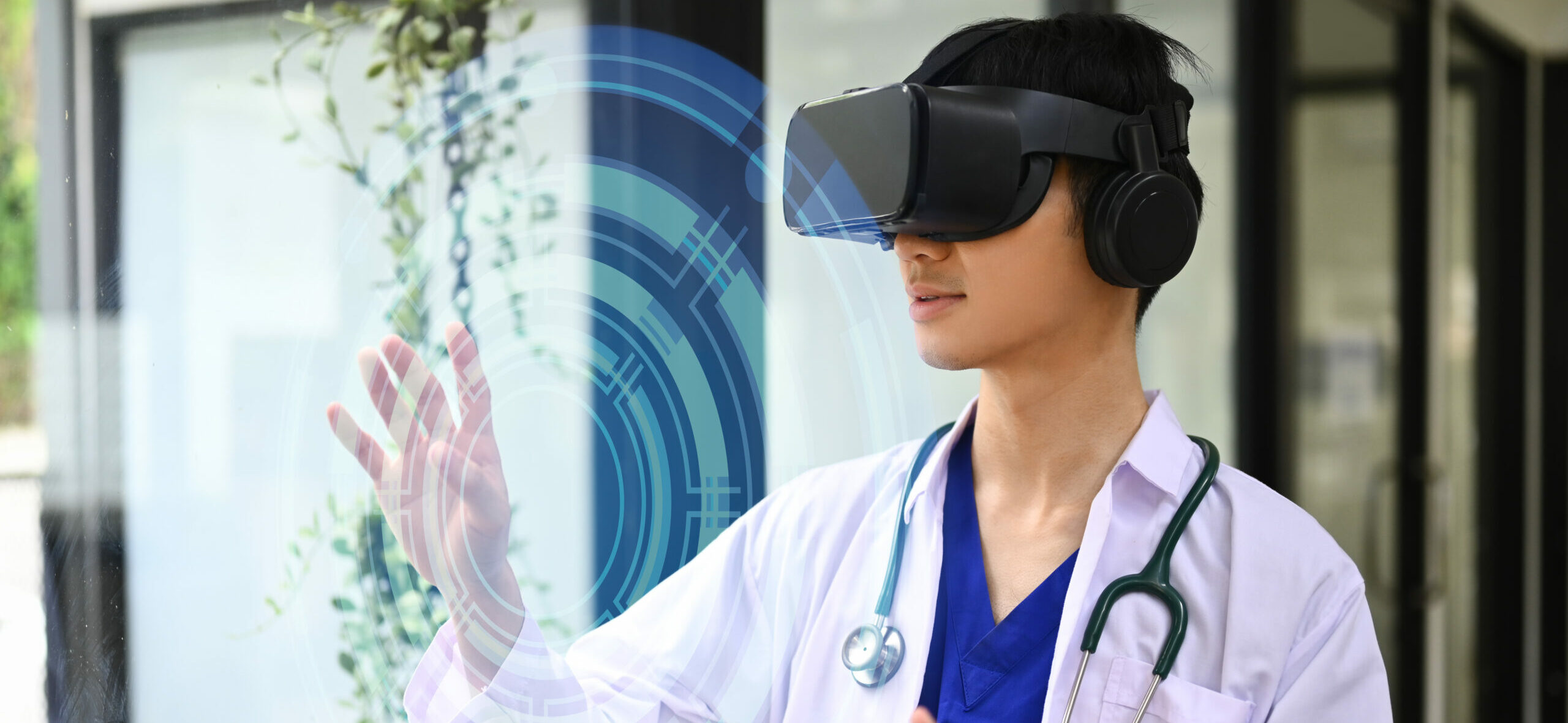
Top 5 Healthcare IT Trends Set to Transform the Patient Experience
The global healthcare IT market is expected to grow to more than $390 billion by 2024 — up from $187 billion in 2019. What is driving this rapid growth? In short, advancements in technology are developing quickly, and as a result, the opportunities for healthcare providers to take patient care to new heights abound. When successfully incorporated, innovative healthcare IT empowers more accessible service, more personalized experiences, streamlined processes, greater opportunity for knowledge sharing, improved outcomes and more. But is your healthcare organization ready to implement these new technologies?
In this blog, we will explore five key technology trends shaping the future of the healthcare industry today. Plus, we’ll learn how to make sure your healthcare organization and your IT network are prepared to harness the power and possibilities of emerging technologies set to transform the patient experience.
1. Interoperability
We all know digitization is here to stay, and it’s increasing at a fast pace across all industries. The healthcare industry is no exception. As the amount of medical data generated continues to grow – due in part to rising IoT utilization and big data analytics – having access to critical information across an organization’s platforms and systems is essential to the future of quality patient care. In other words, interoperability is the name of the game.
Interoperability refers to the ability to electronically send, receive, find and utilize key clinical information between disparate medical organizations. Just think about the number of doctors a patient may see to receive a comprehensive treatment plan. From hospitals to pharmacies to retail clinics and imaging centers, allowing all providers to access the same patient information in real time helps take patient care and satisfaction to the next level. Not to mention, it makes healthcare workers’ jobs easier too. Healthcare providers recognize the increasing importance of interoperability, and investments in digital health funding have increased significantly over recent years. For instance, in 2021, digital health infrastructure and interoperability start-ups in the U.S. received $2.2 billion in funding – 10 times the level of funding raised in 2017.
Pro Tip: Interoperability will be crucial as healthcare organizations prepare to take their IT platforms into the future. However, there are some challenges to overcome, especially when it comes to receiving information from outside sources and establishing a secure network that meets HIPAA guidelines. This can be a complex task and can require significant investment up front, but in the long run, the lasting benefits of interoperability far outweigh the initial cost.
2. Telemedicine
Out of pure necessity to keep patients and healthcare workers safe, telemedicine received a boost in utilization during the height of the pandemic. Today, telemedicine continues to play a major role in improving patient care and satisfaction, opening up a new world of possibilities for patients and providers alike. For instance, virtual healthcare has leveled the playing field when it comes to specialized services. Whether you live in a bustling metropolis or a small town out in the country, patients now have access to a wide variety of services, including telepharmacy, telerehabilitation and telecardiology.
What’s more, telemedicine is only the beginning. Many healthcare organizations are also adopting remote patient monitoring technology, such as digital blood pressure cuffs, glucometers and pulse oximeters. As of June 2020, approximately 88% of U.S. hospitals invested in remote monitoring technologies as part of their transition to a value-based care model.
ProTip: Looking to incorporate telemedicine or remote patient monitoring into your healthcare technology plan? To ensure a seamless, error-free experience for providers and patients, it is beneficial to establish two-way interactive communication via an asynchronous or “store and forward” transfer of data collected from cameras and monitoring devices.
3. Smart Hospitals
Automated bedside delivery of prescription drugs. Patient identification through facial recognition and fingerprint scans. Diagnosis via artificial intelligence. Science fiction? No, these technologies are emerging quickly and could very well be implemented at a hospital near you in the next few years. Smart hospitals are the wave of the future, utilizing digital technology throughout almost every aspect of operations to enhance the patient experience, improve efficiencies and reduce costs. From secure communications to advanced data analytics to hygiene management and patient flow solutions, healthcare facilities are incorporating new technologies, such as artificial intelligence, 3-D printing and augmented reality to provide patients with more personalized, high-quality care. In fact, Data Bridge Market Research estimates that the global smart hospital market will reach more than $147 billion by 2029.
Pro Tip: Keep in mind, in order to achieve smart hospital status, your facility will need to focus on modernizing its technology capabilities in addition to achieving full interoperability. Ultimately, healthcare facilities must seamlessly weave information and communications technology (ICT) into both patient-facing and internal operations.
4. Smart Networks
Did you know an estimated 161 million healthcare IoT devices ship worldwide in a given year? The sheer amount of data generated via IoT devices alone is staggering, not to mention the massive amounts of patient data generated and stored across healthcare facility networks every single day. That is why establishing a smart network infrastructure is critical as healthcare providers look to future-proof their mission-critical IT systems. For example, lifesaving equipment and complex medical procedures may require transmission of data in real-time, so speed, security and reliability are paramount.
Pro Tip: If you’re looking to find the right mix of bandwidth, control, security and scalability, dark fiber may be the best option for meeting the hefty demands a healthcare network requires. Since it’s essentially your own private network, dark fiber can provide nearly unlimited bandwidth, is highly secure and allows you to have the freedom to manage your network in a way that works best for your unique business needs.
5. Cloud-Based Care
As a digital transformation expands across nearly every aspect of the healthcare industry, the adoption of cloud-based IT solutions is a no-brainer. Hospitals and healthcare facilities are shifting their IT systems to the cloud for many reasons, including greater agility, scalability, time savings and security – all vital for a new era of transformative patient care. In fact, the global healthcare cloud computing market is expected to reach nearly $77 billion by 2026, due in part to an increase in cloud-based technologies and tools supporting IoT and big data analytics.
Pro Tip: With a myriad of IT partners at the ready to empower digital transformation, find a provider that will best help you reap all the benefits the cloud has to offer.
For an in-depth look at these trends and more tips on how to ensure your healthcare organization is ready for them, download our eBook.
We offer dark fiber and more! For more information about our fiber network or other cities we cater to, take a look at our fiber map.
